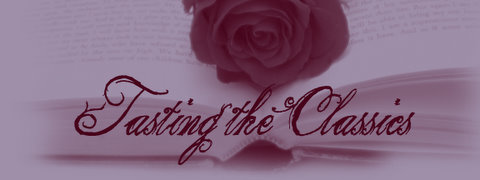El Lissitzky: The Constructor, 1924. A triple exposure self-portrait
“at present we are living through an unusual period in time
a new cosmic creation has become reality in the world a creativity within
ourselves which pervades our consciousness.”
“[…] – a world which issues forth from our inner being and
which is only now in the first stages of its formation, for this reason the
square of suprematism become a beacon.”
“in this way the artist become the foundation on which
progress in the reconstruction of life could advance beyond the frontiers of
the all-seeing eye and the all-hearing ear, thus a picture was no longer an
anecdote or a lyric poem nor a lecture on moralist nor a feast for the eye but
a sign and symbol of this new conception of the world which comes from within
us. Many revolutions were needed in order to free the artist from his
obligations as a moralist as a story-teller or as a court jester, so that he
could follow unhindered his creative bent and tread the road that leads to
construction.”
“suprematism itself has followed the true path which defines
the creative process consequently our picture has become a creative symbol and
the realization of this will be our task in life.”
“we shall reshape it so thoroughly that the sun will no
longer recognize its satellite.”
“we left to the old world the idea of the individual house
individual barracks individual castle individual church, we have set ourselves
the task of creating the town, the centre of collective effort is the radio transmitting
mast which sends out bursts of creative energy into the world. by means of it
we are able to throw off the shackles that bind us to the earth and rise above
it, therein lies the answer to all questions concerning movement.”
“the new element of treatment which we have brought to the
fore in our painting will be applied to the whole of this still-to-be-built
world and will transform the roughness of concrete the smoothness of metal and
the reflection of glass into the outer membrane of the new life. the new light
will give us new colour and the memory of the solar spectrum will be preserved
only in old manuals on physics.”
“this complicated structure taken as a whole represents a
UNIFIED organism. It is not therefore for that very reason “artistic”?”
“it is right that this perceptivity shall pass judgment on
man’s concept of space on the way he reacts in time […]”
“seven years ago suprematism raised aloft its black square
but no one sighted it for at that time a telescope for this new planet had not
been invented. The might force of this movement however caused a succession of
artist to focus on it and many more were influenced by it, yet neither the former nor the latter
possessed sufficient inner substance to be held fat by its attractive
power and to formulate a complete world system from the new movement.”
“for the prayed point of the paintbrush is at variance with
our concept of clarity expressing our creative ability paintbrush and ruler and
compasses and machine are only extensions of the finger which points the way.”
“This path into the future has nothing in common either with
mathematics and scientific studies or with raptures over sunset and moonlight-
or indeed with the decline of the subject with its plague-ridden aura of
individualism- rather is it the
path leading from creative intuition to the increased growth of foodstuffs
for which neither paintbrush nor ruler neither compasses nor machine were
required.”
“the artist’s work lies beyond the boundaries of the useful and
the useless. It is the revolutionary path along which the whole of creation is
striding forward and along which man must also bend his steps. ‘artistic work’
is but an obstacle on this path and in consequence a counter-revolutionary concept,
the private property aspect of creativity must be destroyed all are creators and there is
no reason of any sort of this division into artists and nonartists."
“by this reckoning the artist ceases to be a man who is not
producing useful things and must not strive to attain his title to creative
activity by painting posters in the prescribed form and colour on which any
attempt to pass judgment shows a GROSS LACK OF FEELING, such work now belongs
to the duty of the artist as a citizen of the community, who is clearing the
field of his old rubbish in preparation for the new life.”
*****************************************************************************
“it is only the creative movement towards the liberation of man that makes
him the being who holds
the whole world within himself.
Only a creative work which fills the whole world with its energy can join us
together by means of its energy components to form a collective unity like a
circuit of electric current.”
*************************************************************************************
“and if communism which set human labour on the throne and
suprematism which raises aloft the square pennant of creativity now march
forward together then in the further stages of development it is communism
which will have to remain behind because suprematism- which embraces the totality
of life’s phenomena- will attract everyone away from the domination of work and
from the domination fo the indoxicated senses. It will liberate all those
engaged in creative activity and make the world ainto a true model of
perfection. This is the model we await from kasimir malevich.
AFTER THE OLD TESTAMENT THERE CAME THE NEW- AFTER THE NEW
CAME COMMUNIST- AND AFTER THE COMMUNIST THERE FOLLOWS FINALLY THE TESTAMENT OF
SUPREMATISM.”
--
--
Publishing Information:
Russian Art of the Avant Garde Theory and Criticism Revised and Enlarged Edition edited by John E. Bowlt




